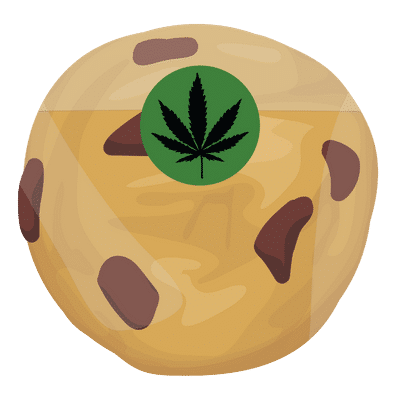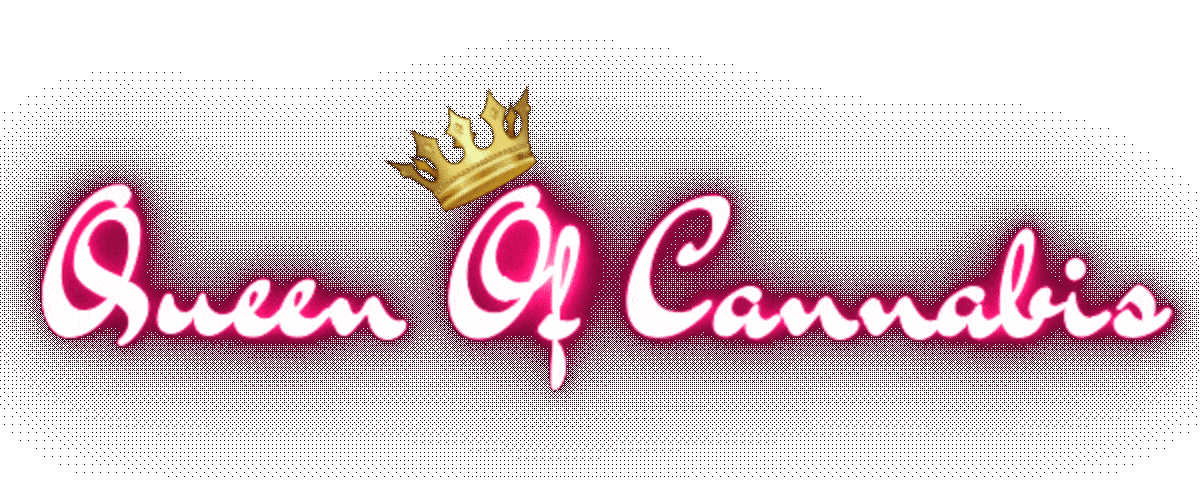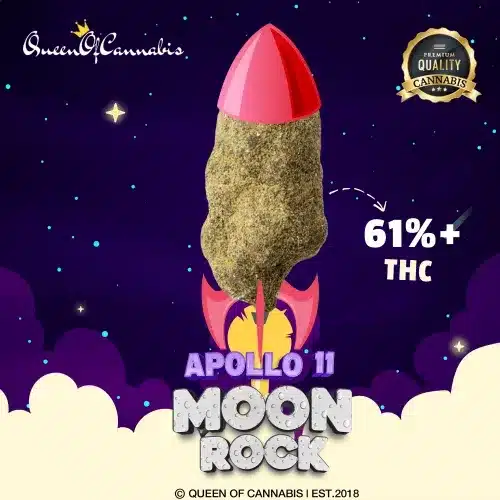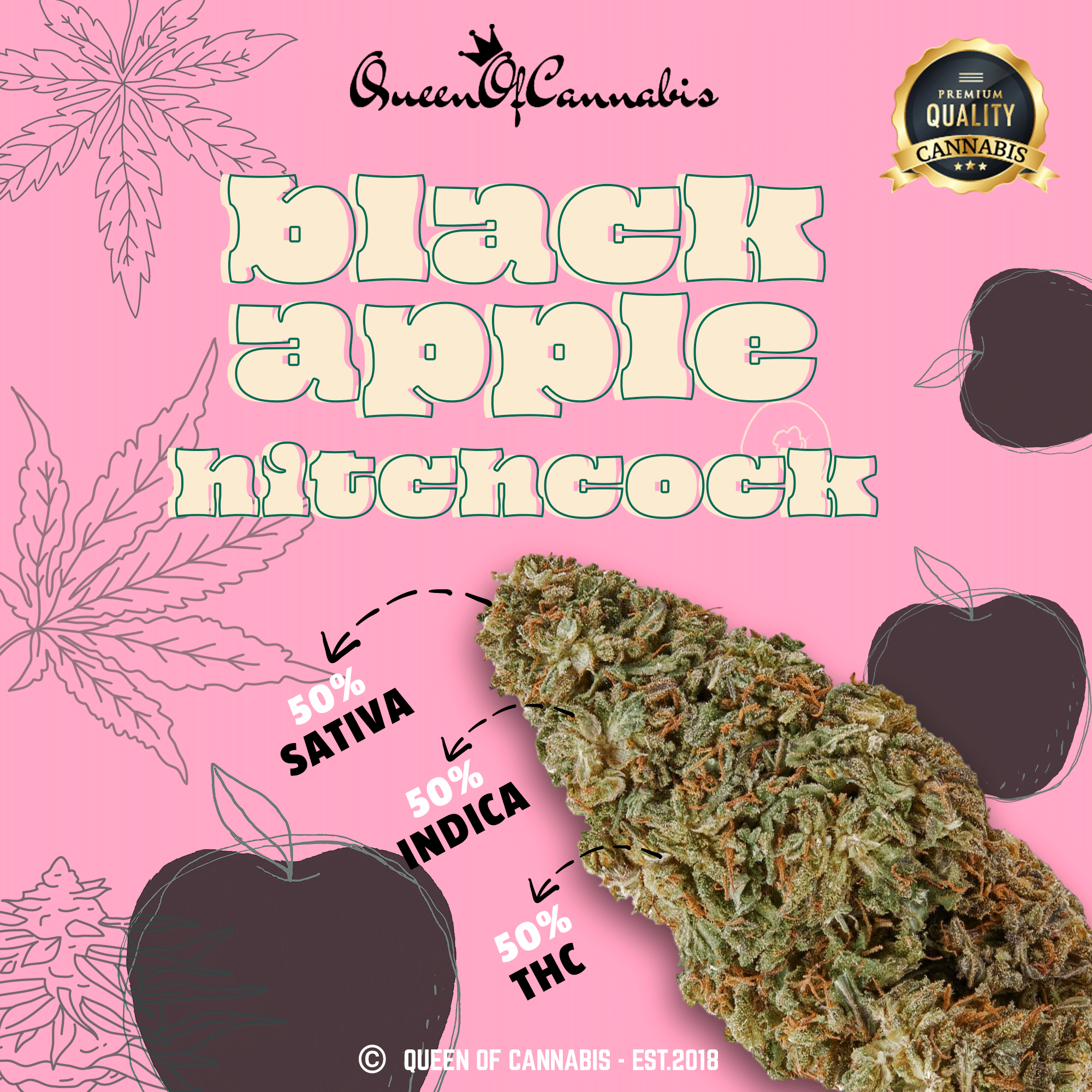0
You have 0 items in your cart
Endocannabinoids are natural cannabinoids that are made by the body and are essential for the functionality of the brain and spinal cord, which are the major components of the central nervous system. These self-produced endocannabinoids normally decrease the release of neurotransmitters that activate neurons, and therefore, decrease seizures (18). This endocannabinoid system that the body already uses to control seizures can also be driven by cannabidiol (CBD) and Δ9-tetrahydrocannabinol (THC), two major chemical components of the cannabis plant that interact with the endocannabinoid receptors of the body.
For more information on how the endocannabinoid system works, please see our page on endocannabinoids here. Read on to learn more about epilepsy and why medical cannabis is being used to treat some epileptic patients.
According to an informational handout on medical marijuana from the Epilepsy Foundation, CBD and cannabis use must be discussed with your doctor, because the combinations of medicines taken are tailored to each patient based on the type of epilepsy and other factors (12). When a doctor is not consulted, you put yourself at a greater risk for breakthrough seizures, medication side effects, or other serious complications.
If you take any of the following medications or have any of the following issues, please consult your prescribing doctor (12):
The most common delivery routes for CBD and THC are via smoking or vaporizing cannabis extracts, edibles, dabbing or CBD-only products (16). When smoked or vaped, it is effectively distributed by the lungs, because it is rapidly distributed in the brain and organs without “first-pass” degradation by the liver. However, inhalational methods may not be appropriate for everyone, especially children. It can also have other drawbacks and health risks.
Because CBD has more promising antiepileptic properties, extra attention should be paid to options that contain a higher ratio of CBD to THC (11). This is represented on packaging with ratios such as 2:1, 3:1, 20:1, etc.
Based on animal data, edible CBD is approximately 13-19% bioavailable (13), which means that oral, nasal and sublingual (under the tongue) routes are less efficient consumption methods for the condition, because it is difficult for the full dose to take effect without more bioavailability (16). New research data shows the bioavailability of edible CBD can be increased if taken with food (13).
Patients using medicinal cannabis have the potential for CBD-rich products to help decrease seizure frequency, which depends on the type of seizures they experience (4) (19). In addition, patients using cannabis products may experience relief from adverse effects of medication and comorbid conditions such as (17):
According to the Epilepsy Foundation and the US Food and Drug Administration (FDA), you need to take extra care using cannabis if you currently have elevated liver enzymes levels that are three times the normal levels or higher, because it is metabolized in the liver (7) (14). However, liver enzymes tended to normalize even with continued or reduced CBD dosing in the trials (7).
For Jamie Ziraldo, a mother of a 5-year-old who experiences intractable partial symptomatic epilepsy with complex focal seizures, being able to get a medical marijuana card for her son has been life-changing. Currently, Ziraldo’s son takes a total of five antiepileptic medications as well as CBD and THC to get relief from his seizures.
“We give him CBD and THC tinctures at night after his medication to lessen the possibility of him experiencing the high. We give it two hours after his nighttime seizure medications to make sure his body can completely metabolize both the pharmaceuticals and the oil. We have seen a decrease in seizures. It went from three to seven a day to one every three to four weeks after starting this regimen,” said Ziraldo.
Ziraldo prefers to give her son the THC at night in order to reduce the intoxicating effects of the cannabis, while allowing her son to sleep through the night. (Unlike THC, CBD is not intoxicating.) She said he is currently waiting to undergo surgery to implant a Vagus Nerve Stimulation (VNS) device to help control the seizures. The CBD and THC gives her son relief until he can get the surgery done (9).
“The stigma about medical marijuana desperately needs to be erased. For my child with epilepsy, medical marijuana means a huge decrease in seizures and a huge increase in quality of life,” said Ziraldo.
“We’re looking forward to gaming all night!”
Join Now!
Germination
Seedling
Vegetative
Flowering
Our products are highly vetted and specified for both recreational and medical clientele.
We have options for discrete use, long-lasting effects, or immediate relief.

We’ve been making World’s Best since 2018! 20-60%+ THC

Stunning Imported Cannabis!

Carefully Manufactured – Trichomes and Live Resin

Premium Fresh Cut Buds from Experienced Local Growers

High Potency and Hand Crafted

In Case You Have The Munchies – We Provide Snacks
We Are Back From SUMMER BREAK - EVERYTHING IS IN STOCK ... Please Note: We DO NOT Send e-mails / password to Gmail or iCloud Dismiss






